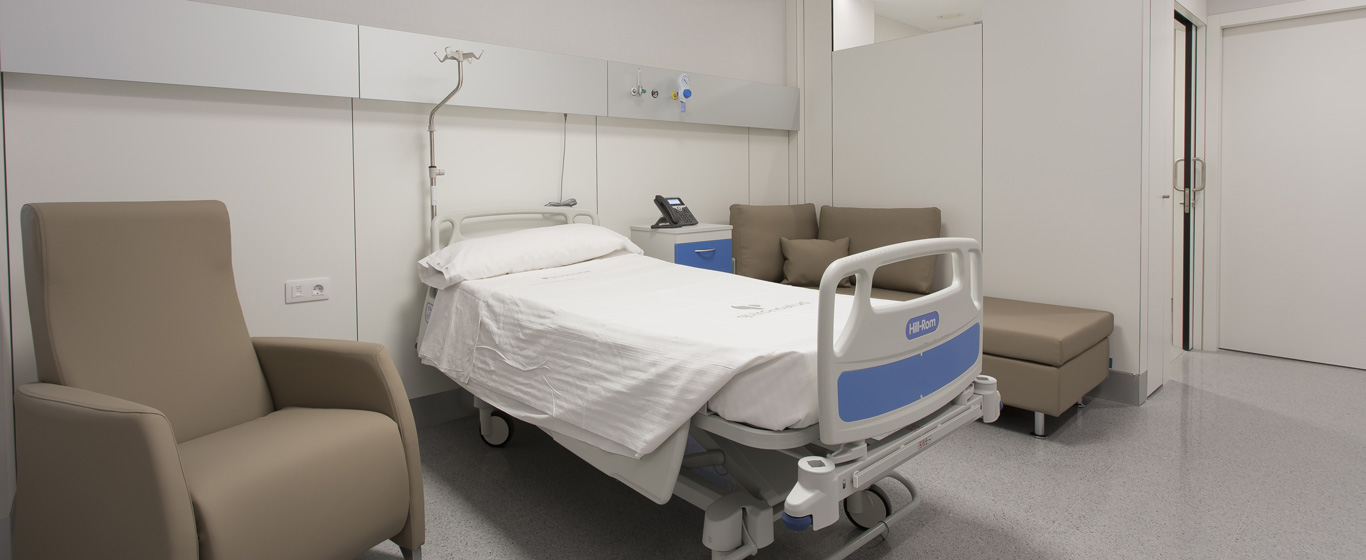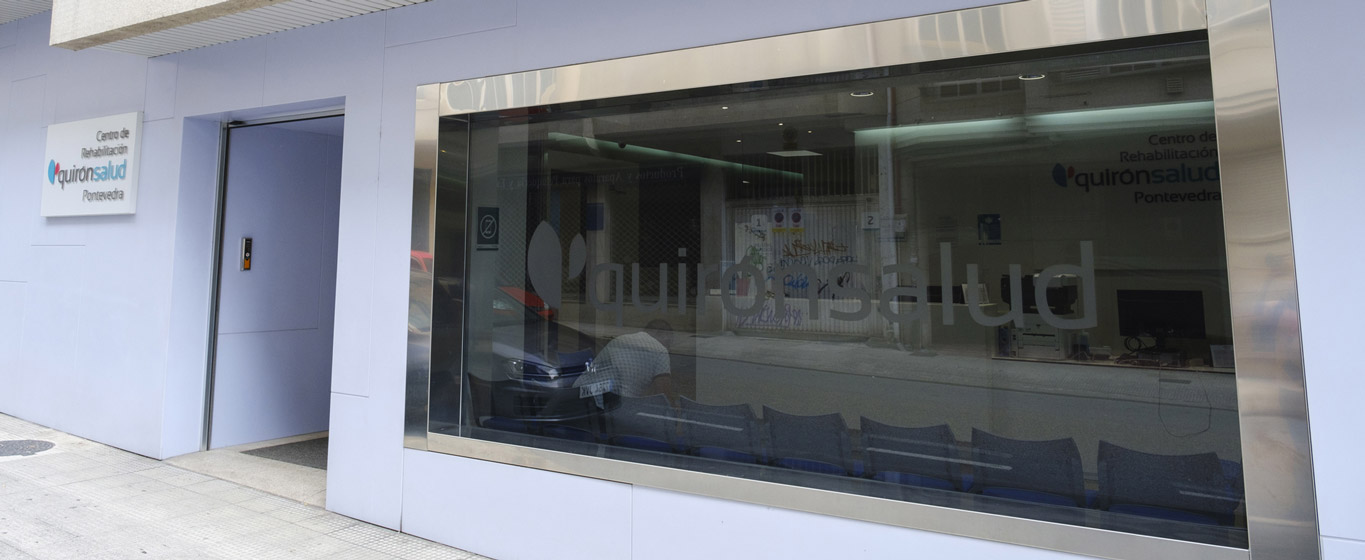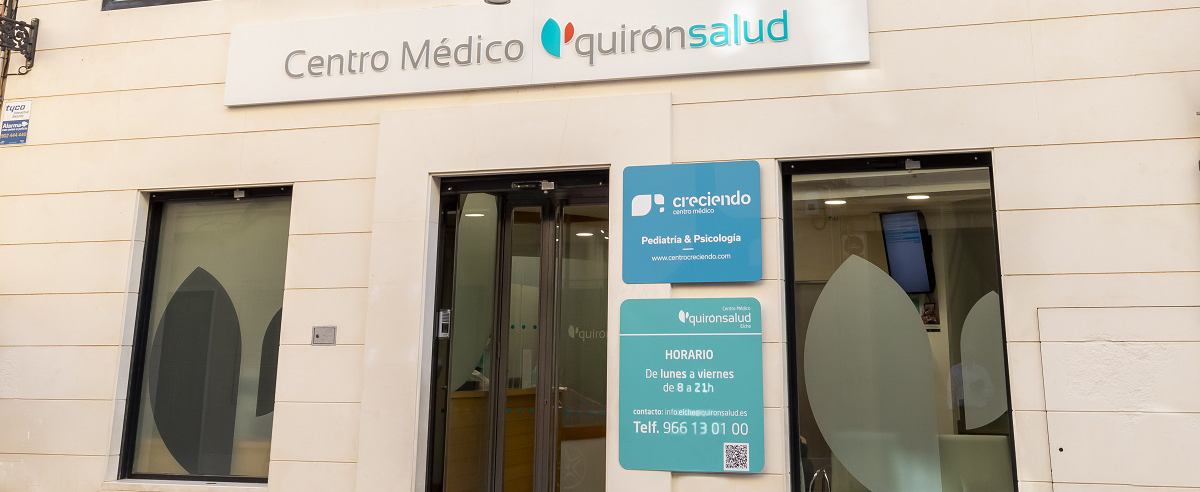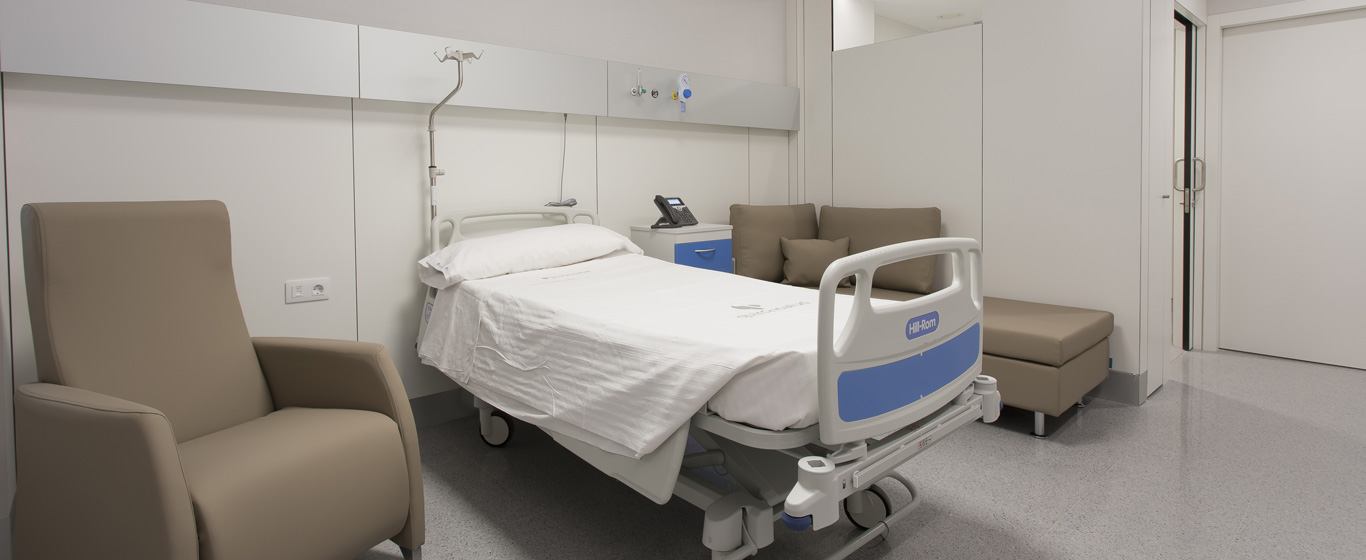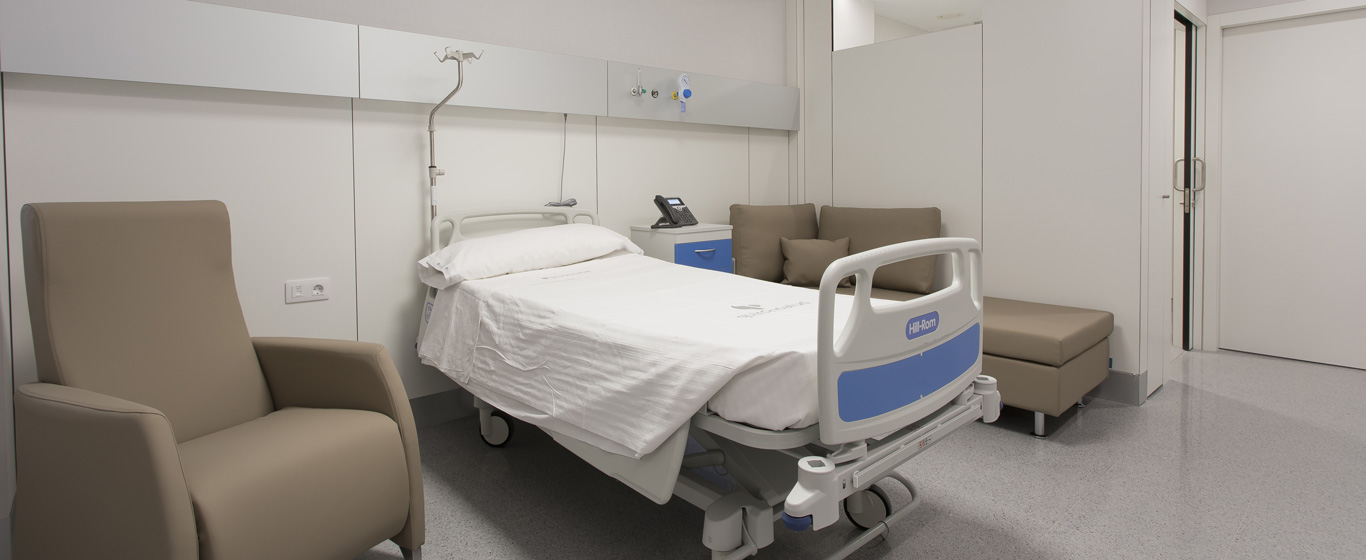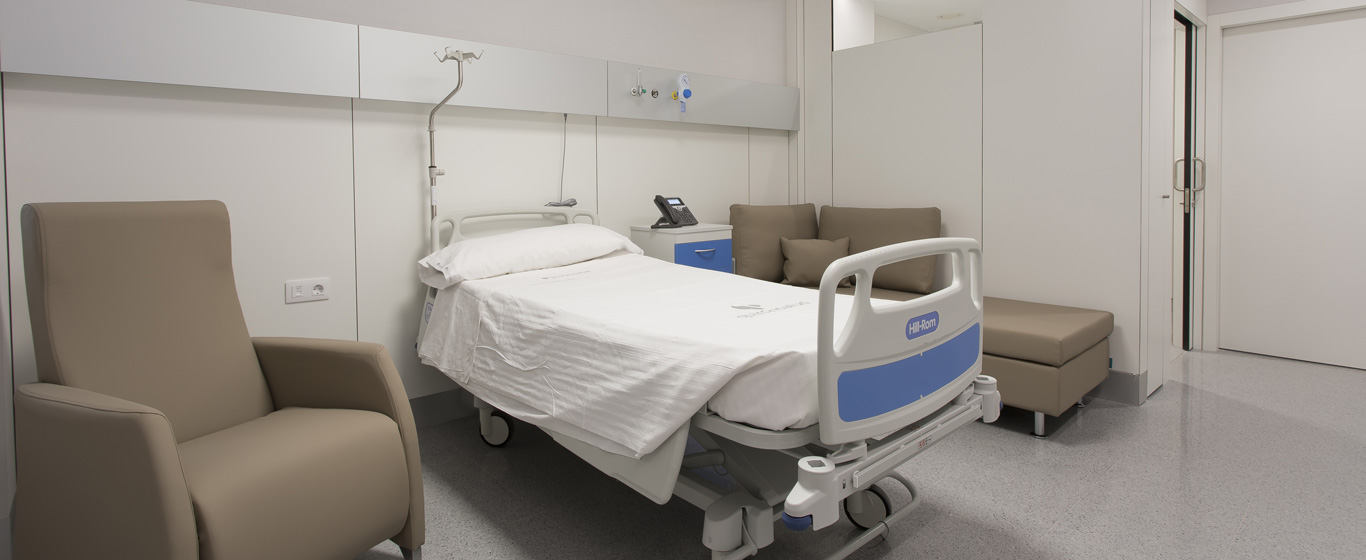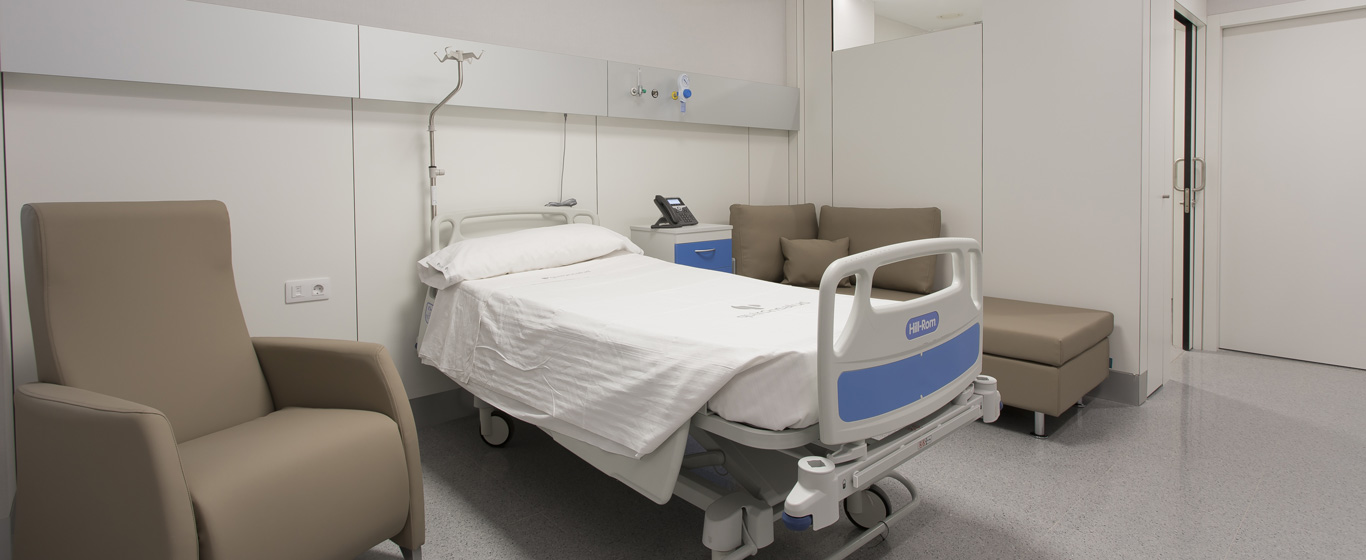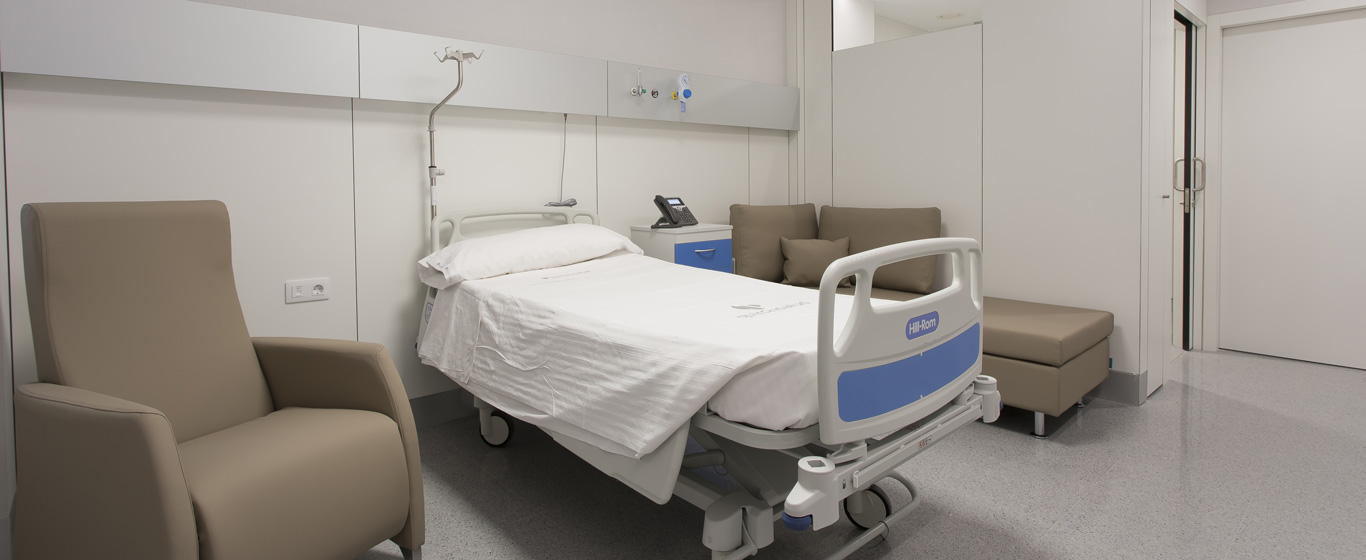3D Ultrasound
The 3D ultrasound provides three-dimensional images of the body’s interior. In addition to its use in prenatal diagnosis, as it helps detect cleft lip or spina bifida, it is also used to identify organ malformations and plan surgeries.

General Description
3D ultrasound is a diagnostic technique that captures three-dimensional images of the body’s internal organs. These are high-resolution static images made up of multiple slices that are combined to reconstruct an external image of the structure being studied, such as the fetus. This test uses ultrasound waves, which are applied to the skin with a manual probe called a transducer. These waves impact the body’s tissues and emit an echo that the same probe captures. In real-time, a computer translates this reverberation or echo into three-dimensional images.
The gynecology and obstetrics specialty uses 3D ultrasounds to closely observe the uterine cavity and ovaries, as well as to obtain a more precise image of the fetus during gestation. These types of ultrasounds are also very useful in oncology, as they allow doctors to examine the characteristics of tumors before deciding on a treatment. Though less known, other specialties such as pulmonology, cardiology, or nephrology also use three-dimensional ultrasounds to gain more information about organs such as the lungs, heart, or kidneys.
When is it indicated?
One of the most well-known uses of 3D ultrasounds is in monitoring pregnancy, as it helps define the size of the fetus more precisely to diagnose conditions such as cleft lip or spina bifida. Additionally, it provides static or realistic images of the fetus's facial features. In recent years, with the advent of 4D ultrasounds that also reproduce movement, 3D ultrasounds have become less commonly used for this purpose.
Three-dimensional ultrasounds are indicated for women in whom a traditional ultrasound shows signs of ovarian or uterine malformations or when a prenatal diagnosis of Down syndrome, facial malformations, or neural tube defects is needed.
Thanks to the use of 3D ultrasounds, it is possible to diagnose conditions in various organs and plan certain surgeries, as it provides detailed images of both vital organs and tumors or cysts.
How is it performed?
The procedure for 3D ultrasound is the same as that for traditional ultrasounds. To ensure the clearest images possible, a water-based gel is applied to the area being examined. The probe is then placed on the skin and moved over the area to capture all the necessary images, which are displayed in real-time on a computer screen.
Risks
There are no risks associated with 3D ultrasounds.
What to expect from a 3D ultrasound
For a 3D ultrasound, it is necessary to remove clothing from the area being examined, so the medical center will often provide a gown for the patient. When the gel is applied, it may feel cold, but this sensation disappears shortly after. During the procedure, the specialist may apply pressure to different areas to capture more precise images, so patients may feel slight discomfort, though it is not painful.
After the procedure, the gel is easily removed with disposable paper. There is no need to stay at the hospital or rest, as it is an outpatient procedure. Results are typically available immediately, especially during gynecological consultations, or after a few days, particularly in oncological cases or cases involving organ malformations.
Specialties requesting a 3D ultrasound
Specialists in gynecology and obstetrics, oncology, pulmonology, nephrology, digestive system, or cardiology typically request 3D ultrasounds.
How to prepare
No special preparation is needed for a 3D ultrasound. Depending on the organs to be examined, the specialist may ask that certain foods be avoided or that the patient arrive with a full bladder.






